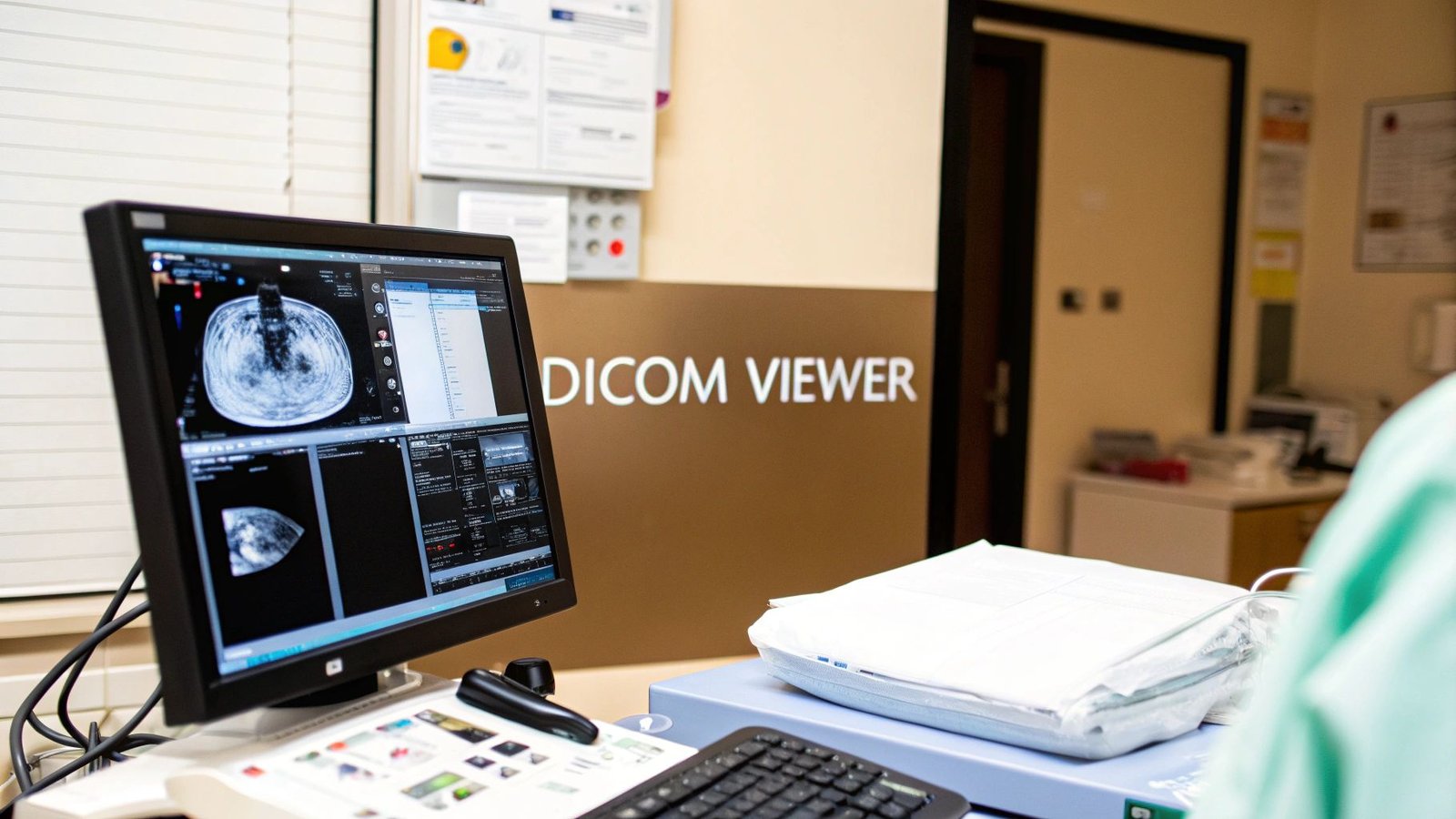In the world of medical imaging, one of the biggest challenges we face is access to quality datasets. This is especially true for early-stage projects, where clients have great ideas but struggle to find the data necessary to train their models. At PYCAD, we’ve seen this time and again, particularly with clients looking to create an MVP (Minimum Viable Product) to showcase to investors. Without a dataset—or a medical partner at that stage—progress can hit a wall.
Traditionally, the solution has been to rely on public datasets or purchase datasets and pay an annotation agency to label the scans. While these options work, they’re often time-consuming, expensive, and limited in scope. This is where synthetic data comes into play—and the open-source Python library medigan is stepping up to the challenge in a big way.
What is medigan?
medigan is a Python library designed specifically for generating synthetic medical images. It leverages pretrained generative models (primarily GANs, or Generative Adversarial Networks) to produce high-quality images across various medical imaging modalities like MRI, CT, and X-ray.
What makes medigan unique is its modularity and accessibility. The library is framework-agnostic, meaning it can easily integrate into almost any workflow. It also features a growing repository of models—currently boasting 21 pretrained models using 9 GAN architectures trained on 11 datasets. These models cover domains such as mammography, endoscopy, X-ray, and MRI, making it a versatile tool for anyone in the medical imaging space.
How Does It Work?
Let’s dive into an example. Imagine you’re working on a project that requires synthetic mammography images. With medigan, you can generate these images with just a few lines of code (of course after installing medigan using pip install medigan):
from medigan import Generators # Initialize the Generators class generators = Generators() # Generate 6 synthetic samples using model ID 1 generators.generate(model_id=1, num_samples=6, install_dependencies=True)
In this example, the Generators class is initialized, and the generate method is called to produce six synthetic samples using a specific model (model_id=1). The library also takes care of any required dependencies, making the process incredibly smooth.
Within seconds, you’ll have high-quality synthetic mammography images ready to be used for tasks like segmentation or classification. The generated images can supplement your existing datasets, helping your models generalize better and achieve higher performance.

Why Synthetic Data?
Synthetic data is not just a workaround—it’s a powerful tool for advancing medical AI. It allows us to create diverse datasets, balance class distributions, and even generate rare cases that are hard to find in real-world datasets. However, generating synthetic medical images isn’t as straightforward as creating random pictures. The anatomical structures in these images must make sense. For example, you can’t accidentally generate a heart on the right side of the chest—accuracy is critical.
How Can PYCAD Help?
At PYCAD, we’re more than just developers—we’re problem solvers. As a medical imaging agency, we specialize in building custom AI models tailored to our clients’ needs. Whether you’re struggling with limited data or need help fine-tuning your models, we’re here to help.
If you’re interested in exploring what medigan can do for your project but aren’t sure where to start, we’ve got you covered. We can guide you through the process, from generating synthetic data to training state-of-the-art models that deliver results.
Resources
- Official GitHub repository: https://github.com/RichardObi/medigan
- Training a model on your own dataset: https://github.com/zuzaanto/mammo_gans_iwbi2022/blob/main/gan_compare/scripts/train_gan.py
- Research paper: https://www.frontiersin.org/journals/oncology/articles/10.3389/fonc.2022.1044496/full
- PYCAD portfolio: https://pycad.co/portfolio/






